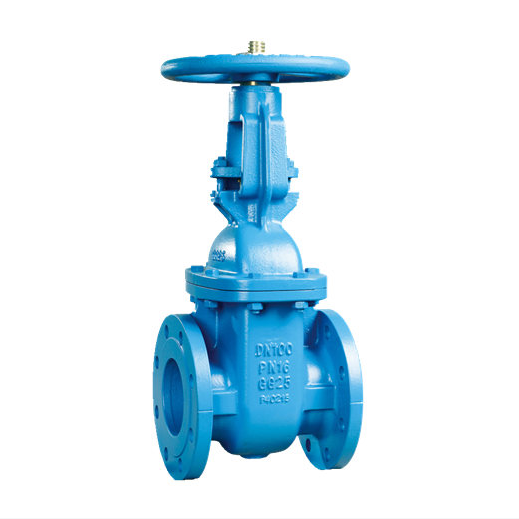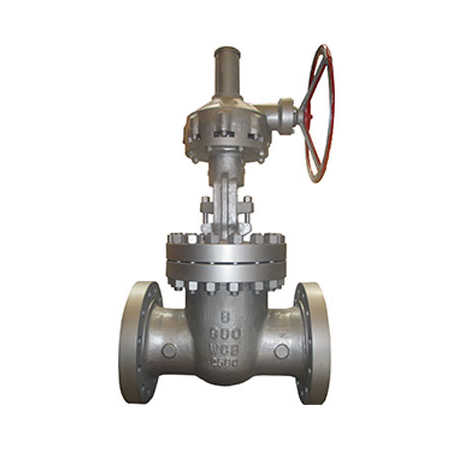JIS F 7398 Fuel oil tank self-closing drain valves
NO.135
Product Description
IFLOW JIS F 7398 fuel tank self-closing drain valve is the ultimate solution for efficient and reliable drainage of fuel tank systems. Our self-closing drain valves offer numerous benefits, making them the first choice for ensuring safe, compliant and easy maintenance of your fuel tank installation. Manufactured to the strict standards of JIS F 7398, these self-closing drain valves are constructed from high-quality materials to ensure superior durability and corrosion resistance even in the harshest environments.
This rugged construction guarantees long-term reliability and performance, giving you peace of mind and minimizing maintenance needs. The innovative design of the IFLOW JIS F 7398 fuel tank self-closing drain valve incorporates a self-closing mechanism to prevent accidental leakage and minimize the risk of environmental contamination.
This important feature not only ensures compliance with industry regulations and environmental standards, but also provides a safe working environment for personnel. Versatile and adaptable, these self-closing drain valves can be seamlessly integrated into a variety of fuel tank systems, providing flexibility and ease of installation.With their unparalleled reliability, durability and environmental safety features, they set new standards in fuel tank drainage excellence
Features
Product Overview
The range can be engineered to suit your application, with body construction, material, and ancillary features optimised to meet your process needs. Being ISO 9001 certified, we adopt systematic ways to ensure high quality, you can be assured of outstanding reliability and sealing performance through the design life of your asset.


Technical Requirement
· DESIGN STANDARD:JIS F 7398-1996
· TEST: JIS F 7400-1996
· TEST PRESSURE/MPA
· BODY: 0.15
· SEAT: 0.11
Specification
| HANDLE | SS400 |
| STEM | C3771BD OR BE |
| DISC | BC6 |
| BONNET | BC6 |
| BODY | FC200 |
| NAME OF PART | MATERIAL |
Product wireframe

Construction and Working
Quick closing valve is a kind of pressure reducing valve in which the an automatic process control valve for fluid pressure control is used for unmanned machinery spaces. This can be done by careful selection of valve trim, i.e. the parts of the valve that come in contact with the controlled fluid and form an actual control portion. The difference between pressure release valve and quick closing valve is that the later does not come in direct contact with the fluid it is controlling.
The lever is connected externally to a remote operating mechanism which might be pneumatic or hydraulic controlled. The controlling system has a piston which moves with the pressure of air or fluid and simultaneously moves the lever attached to it. The lever at the other end is connected externally to the spindle which is attached internally to the valve.The valve is a spring loaded valve which means that the spindle is placed through a spring which helps in re-positioning of the valve to the open position when the air or fluid pressure in controlling cylinder reduces.
All the quick closing valves are generally set in the open position.When the piston of the controlling cylinder moves up, the end of the lever which is connected to the piston moves up. As the lever is pivoted at the center, the other end of the lever moves down and pushes the spindle downwards. This closes the valve and shuts the flow of the fluid.
Dimensions Data
| DN | d | L | D | C | NO. | h | t | H |
| 5K15U | 15 | 55 | 80 | 60 | 4 | 12 | 9 | 179 |
| 10K15U | 15 | 55 | 95 | 70 | 4 | 15 | 12 | 179 |
| 5K20U | 20 | 65 | 85 | 65 | 4 | 12 | 10 | 187 |
| 10K20U | 20 | 65 | 100 | 75 | 4 | 15 | 14 | 187 |
| 5K25U | 25 | 65 | 95 | 75 | 4 | 12 | 10 | 187 |
| 10K25U | 25 | 65 | 125 | 90 | 4 | 19 | 14 | 187 |
| 5K40U | 40 | 90 | 120 | 95 | 4 | 15 | 12 | 229 |
| 5K65U | 65 | 135 | 155 | 130 | 4 | 15 | 14 | 252 |







